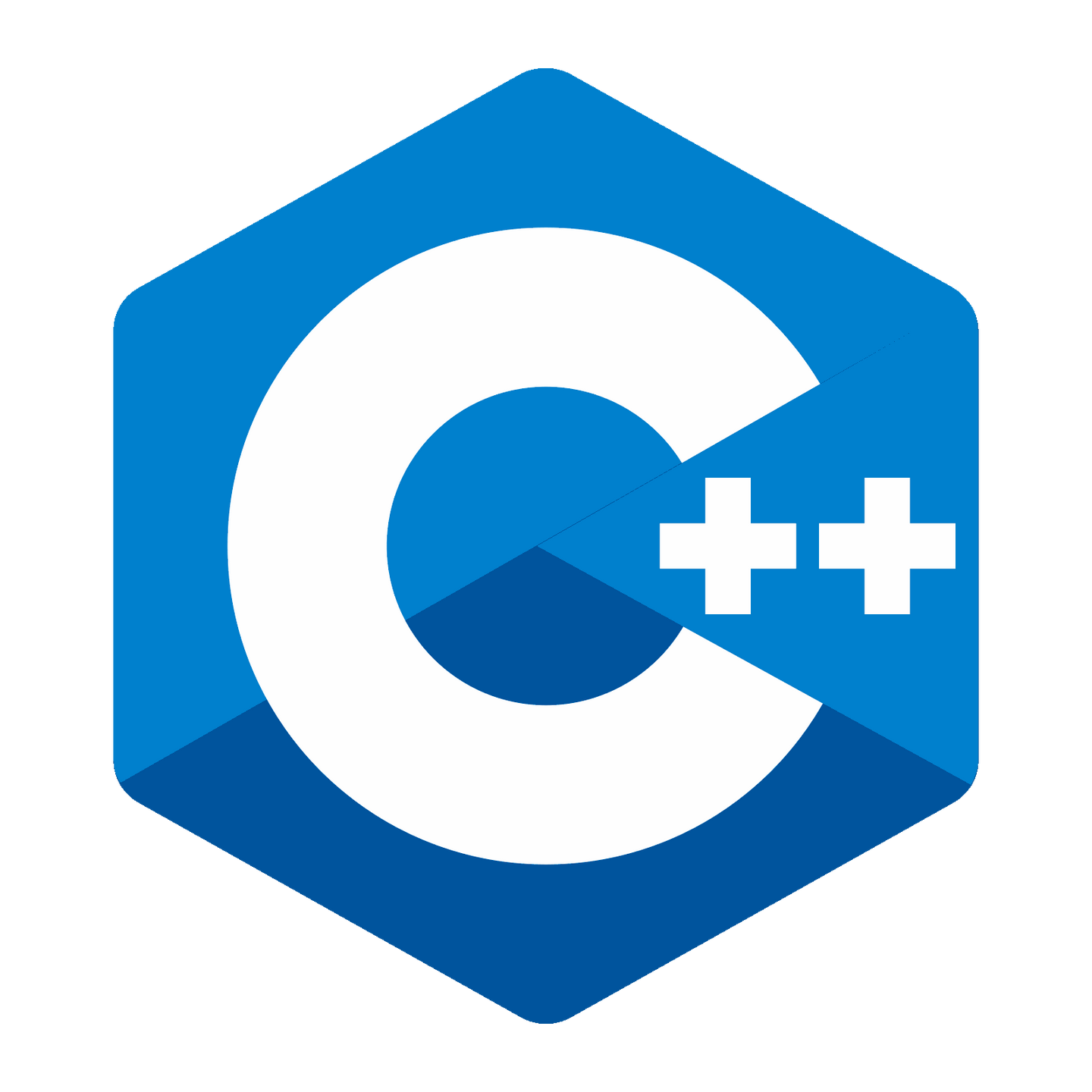
如何使用C++进行高效的数据可视化和数据分析?
随着数据量的不断增大和数据分析的需求日益提升,数据可视化和数据分析已经成为许多领域中不可或缺的一部分。C++作为一种功能强大的编程语言,具备高性能和灵活性的特点,为进行高效的数据可视化和数据分析提供了很好的支持。本文将介绍如何使用C++进行高效的数据可视化和数据分析,并给出相应的代码示例。
首先,我们需要选择一个合适的C++数据可视化和数据分析库。在C++领域中,有几个著名的数据可视化库,比如OpenGL、Qt和VTK。这些库提供了各种功能丰富的图形和可视化工具,可以满足不同需求。其中,OpenGL是一种跨平台的图形库,可以用于创建各种高性能的2D和3D图形;Qt是一种跨平台的GUI库,提供了易于使用的绘图和可视化工具;VTK是一个强大的开源数据可视化库,提供了各种高级可视化算法和工具。
接下来,我们将给出一个简单的数据可视化的C++代码示例,使用OpenGL和GLUT库创建一个简单的2D散点图。首先,我们需要引入必要的头文件和定义一些全局变量:
立即学习“C++免费学习笔记(深入)”;
#include <GL/glut.h> const int WINDOW_WIDTH = 800; const int WINDOW_HEIGHT = 600; const int DATA_SIZE = 100; float data[DATA_SIZE][2];
然后,我们编写初始化函数和绘制函数:
void init()
{
// 设置窗口大小和背景颜色
glClearColor(1.0, 1.0, 1.0, 0.0);
glMatrixMode(GL_PROJECTION);
glLoadIdentity();
gluOrtho2D(0, WINDOW_WIDTH, 0, WINDOW_HEIGHT);
}
void draw()
{
glClear(GL_COLOR_BUFFER_BIT);
glPointSize(3.0);
glColor3f(0.0, 0.0, 0.0);
glBegin(GL_POINTS);
for (int i = 0; i < DATA_SIZE; i++)
{
glVertex2f(data[i][0], data[i][1]);
}
glEnd();
glFlush();
}接下来,我们编写一个简单的主函数,用来生成随机数据并启动OpenGL窗口:
int main(int argc, char **argv)
{
// 生成随机数据
srand(time(NULL));
for (int i = 0; i < DATA_SIZE; i++)
{
data[i][0] = rand() % WINDOW_WIDTH;
data[i][1] = rand() % WINDOW_HEIGHT;
}
// 初始化OpenGL和窗口
glutInit(&argc, argv);
glutInitDisplayMode(GLUT_SINGLE | GLUT_RGB);
glutInitWindowSize(WINDOW_WIDTH, WINDOW_HEIGHT);
glutCreateWindow("2D Scatter Plot");
// 注册回调函数并启动主循环
glutDisplayFunc(draw);
init();
glutMainLoop();
return 0;
}通过编译和运行上述代码,就可以得到一个简单的可视化的2D散点图。这只是一个简单的例子,实际应用中可能需要更加复杂和精细的可视化效果,可根据需求选择合适的库和算法。
除了数据可视化,C++还可以进行高效的数据分析。C++提供了丰富的数学库和算法,可以进行统计分析、数据处理和机器学习等任务。同时,C++还具有较好的性能和并行计算的能力,可以处理大规模的数据和复杂的算法。这些特性使得C++成为进行高效数据分析的理想选择。
综上所述,使用C++进行高效的数据可视化和数据分析需要选择合适的库和算法,并根据需求进行相应的编程。同时,合理地利用C++的性能和并行计算能力,可以提高数据可视化和数据分析的效率。希望本文能够为读者提供一些参考和帮助。
以上就是如何使用C++进行高效的数据可视化和数据分析?的详细内容,更多请关注php中文网其它相关文章!

c++怎么学习?c++怎么入门?c++在哪学?c++怎么学才快?不用担心,这里为大家提供了c++速学教程(入门到精通),有需要的小伙伴保存下载就能学习啦!

Copyright 2014-2025 //m.sbmmt.com/ All Rights Reserved | php.cn | 湘ICP备2023035733号